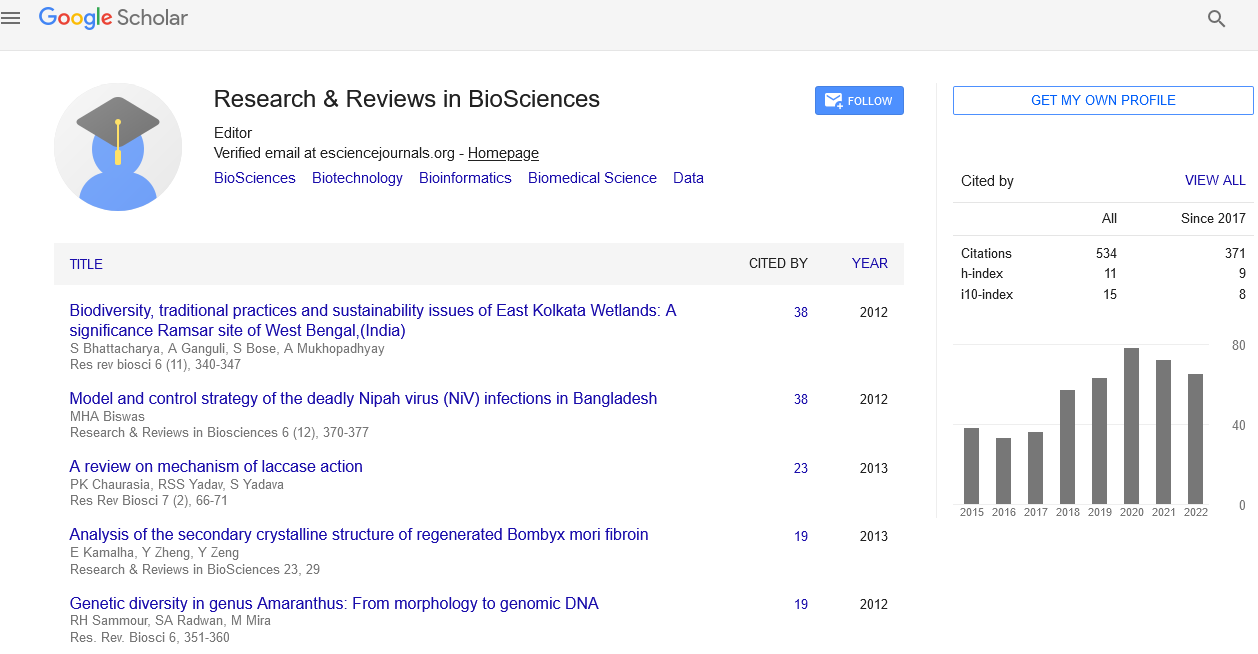Abstract
LTR Regulatory Sequences and Primate Lentiviruses Evolution
Author(s): Moncany MLJ, Dalet K, Courtois PRR and Le Brizaut JSLentiviruses are characterized by high genomic flexibility due to multiple recombinations. The genomes are composed of many parts from different strains and show an alternation of long variable and short conserved domains which can evolve differently and independently. For primate lentiviruses conserved domains correspond to LTR-promotor regulatory sequences and it is of particular interest to understand how important genetic elements such as lentiviral-derived LTRs evolve. The analysis of 382 LTRs extracted from 298 primate lentivirus genomes including HIV-1, HIV-2, Macaque,African Green Monkey, Sooty Mangabey, Chimpanzee, Mandrill and Syke’s viruses is reported in this paper. We compared the U3 promoter sites responsible for cellular-related regulatory proteins binding from upstream USF/Ets1 sequences to the TATA-box. The present investigation revealed a clustering of the different regulatory sequences that clearly appeared as belonging to distinct HIV-1 or HIV-2 like-groups. The nucleotidic sequences from simian viruses showed characteristics that were shared by the two generic groups with occasionally slight modifications peculiar to the concerned viral species. This situation allowed a better sub typing distinction of the mosaic simian lentiviruses. More striking was the occurrence of modified arrangements of these conserved sequences revealing either a total or partial HIV-1 or HIV-2 organization. Some sequences exhibited a dual HIV-1/HIV-2 organization, which was representative of Chimpanzee and African Green Monkey viruses. Thus the question arises about ancestral lentiviral sequences from which the recombinations produced new emerging viruses to form evolution groups. Then we suggest a model in which the AGM genomes represent a key crossroad in the herd evolution of primate lentiviruses.
